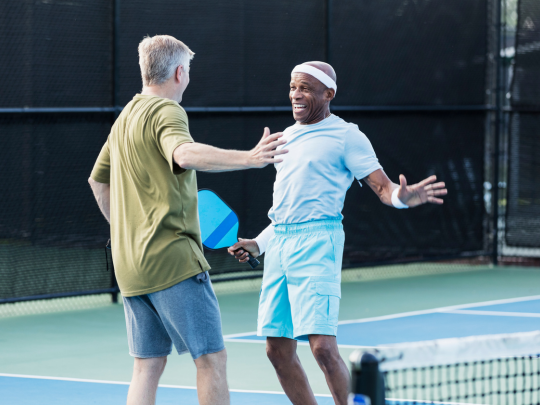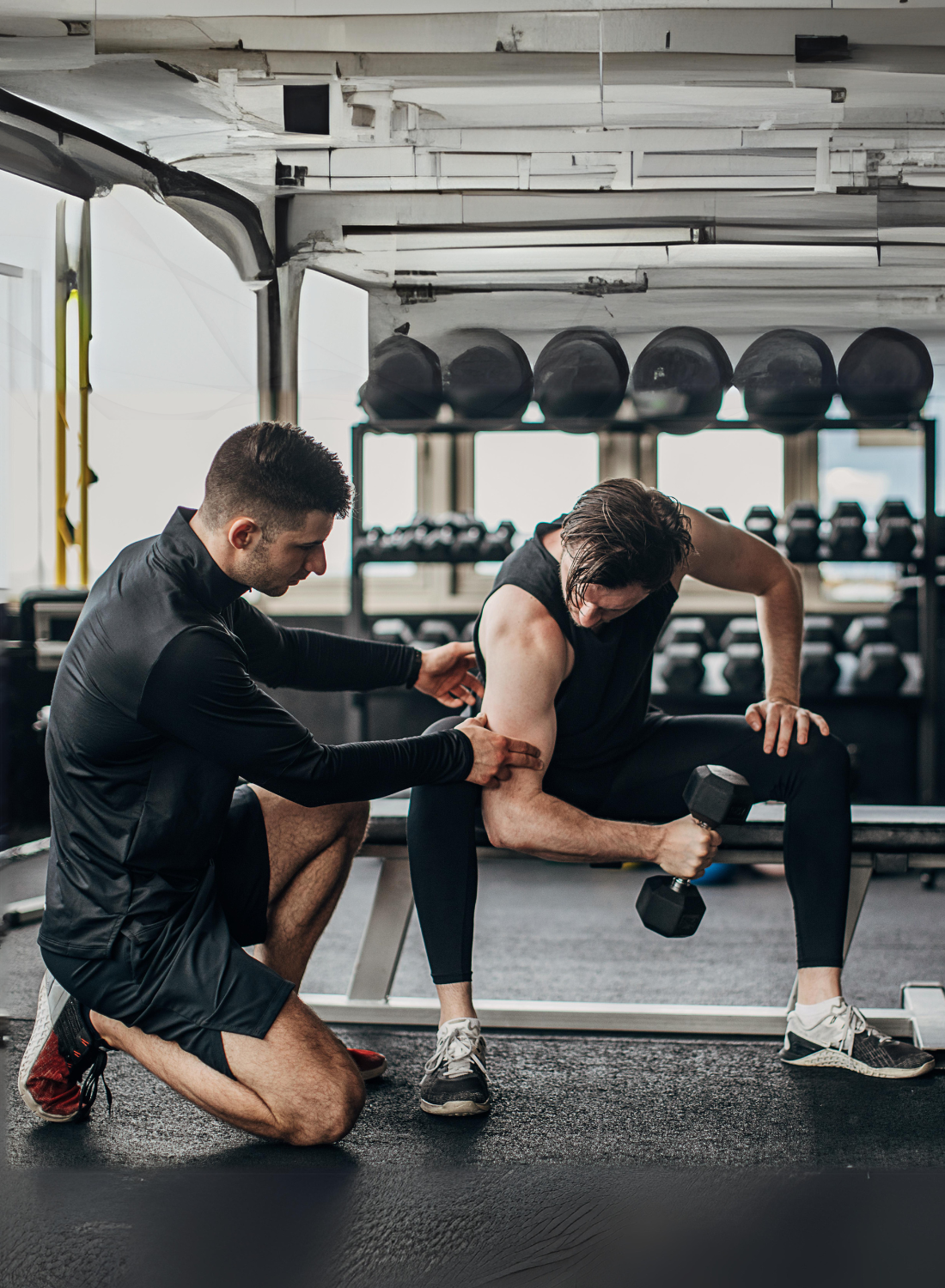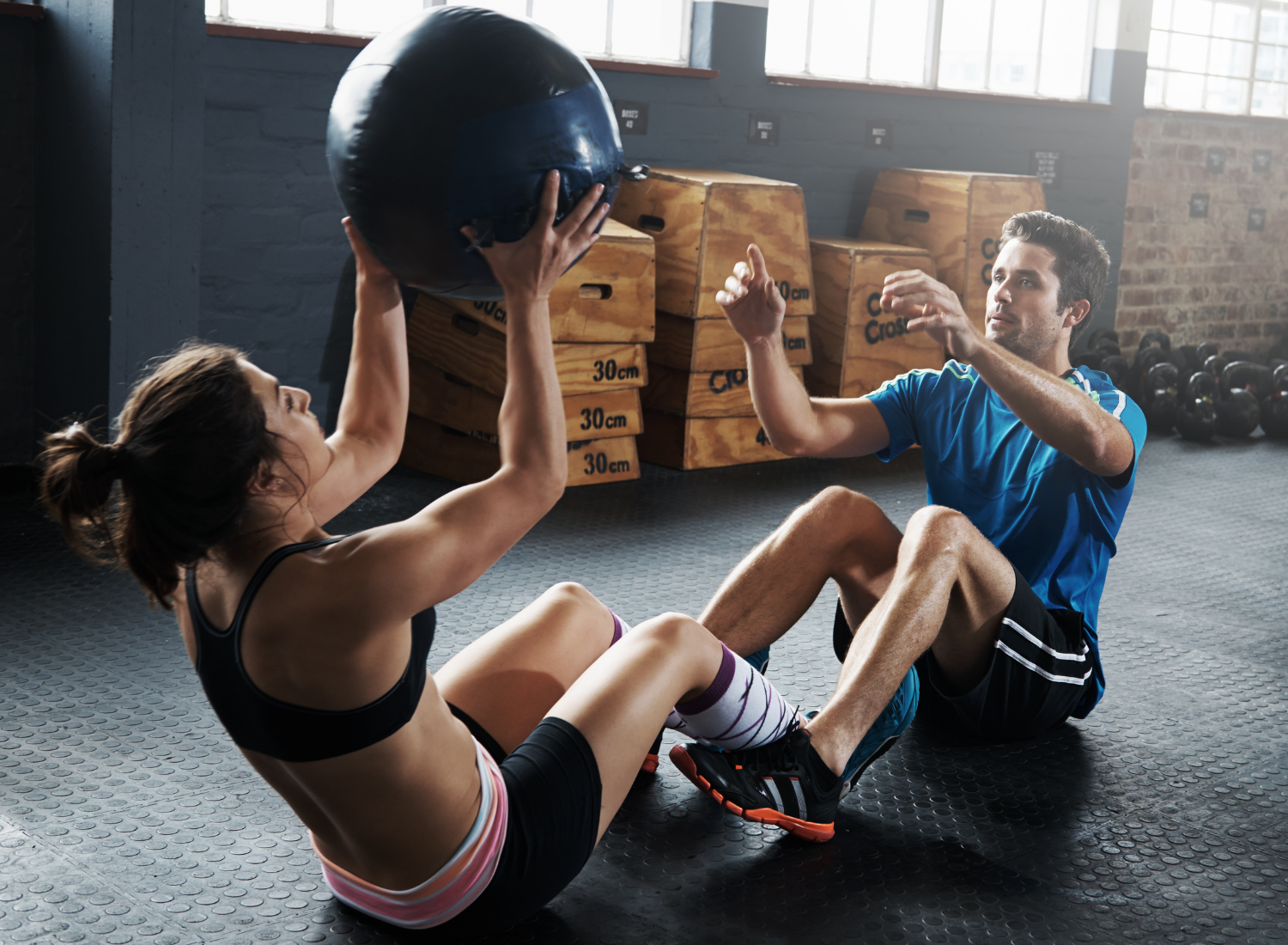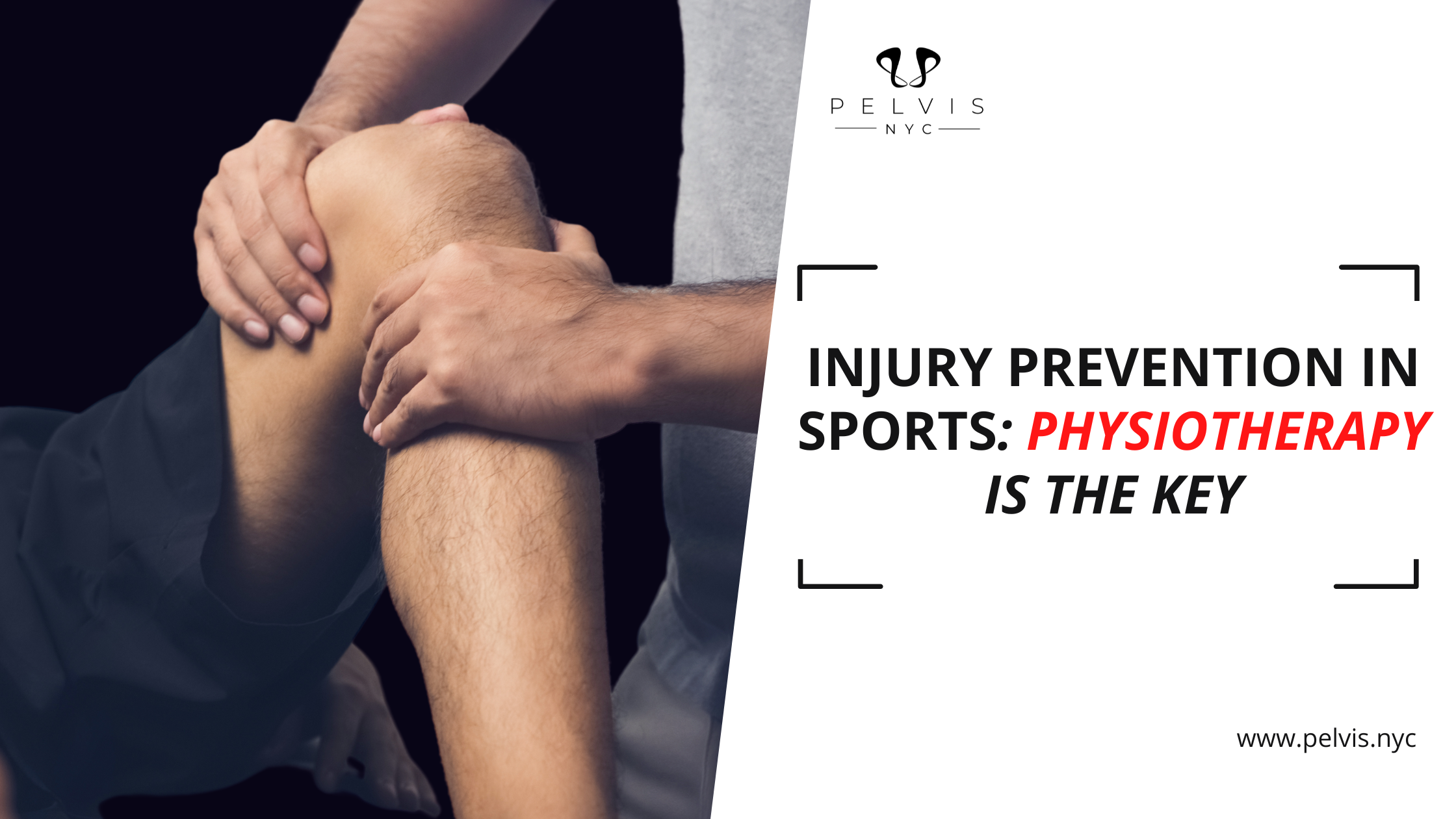As a physical therapist, I have a front-row seat to the latest fitness trends, and let me tell you—pickleball isn’t just a fad. It’s a full-blown movement. If you haven’t heard of it yet, you might be living under a rock (or at least far from a pickleball court). But why is pickleball so popular, and how does it impact sports performance and recovery? Let’s dive in.
Why Is Pickleball So Popular?
Imagine a sport that blends the best parts of tennis, badminton, and ping-pong into one ridiculously fun game. That’s pickleball! It’s the perfect mix of competition and camaraderie, fast-paced yet low-impact, and it’s sweeping the nation for good reason.

Think of pickleball as the Goldilocks of sports—it’s just right for almost everyone. Whether you’re a seasoned athlete or someone who hasn’t picked up a racket in years, this game meets you at your level. You don’t need a killer serve or lightning-fast reflexes to enjoy it. The smaller court size makes the game manageable, and the lightweight paddle keeps things easy on the arms.
And here’s the kicker: pickleball is exploding across the U.S. In fact, it’s officially America’s fastest-growing sport. Courts are popping up everywhere, and you’ll likely find a group of enthusiastic players eager to welcome you in. The best part? You can go from clueless newbie to competent player in a single afternoon.
But why should you, as an athlete (or just someone who wants to stay active), care? Let’s dive in.
What Is Pickleball?
Pickleball is a paddle sport that combines elements of tennis, badminton, and ping-pong, creating a unique and engaging game. Played on a badminton-sized court with a low net, it uses paddles made of lightweight materials and a plastic ball with holes.
This fun sport encourages social interaction and is accessible to people of all ages and skill levels. Whether you’re looking for a great workout or just a way to have fun with friends, pickleball offers a perfect blend of physical activity and enjoyment. The game’s simplicity and the minimal equipment required make it easy for anyone to pick up and start playing.
Brief History
Pickleball was invented in 1965 by three dads—Joel Pritchard, Bill Bell, and Barney McCallum—who wanted to create a game that their families could play together. What started as a simple backyard pastime on Bainbridge Island, Washington, quickly turned into a nationwide sensation.
The first official pickleball court was built at Pritchard’s house, and as the game gained popularity, more people started setting up makeshift courts in driveways, gyms, and community centers. By 1984, the United States Amateur Pickleball Association (USAPA) was founded, setting official rules and regulations that transformed this once-casual backyard game into a legitimate sport.
Fast forward to today, and pickleball has gone pro—complete with leagues, tournaments, and even Major League Pickleball (MLP), which is drawing in big-name investors and competitive athletes.
Pickleball & Sports Performance: More Than Just a Fun Game
From a physical therapist’s perspective, pickleball is a hidden gem for improving athletic performance. While it may seem like just a fun backyard game, it actually enhances several key components of fitness:
- Cardiovascular Endurance: The short, quick movements keep your heart rate up, improving overall cardiovascular health without the impact of long-distance running.
- Agility & Balance: The game requires sudden stops, quick pivots, and precise footwork—all of which improve coordination and stability.
- Hand-Eye Coordination: With a smaller court and a fast-moving ball, players develop sharper reflexes, which translate well to other sports.
- Lower-Body Strength: Those lunges, squats, and lateral movements? They build strength in your legs and glutes, supporting joint health and athletic power.
According to the Sports & Fitness Industry Association, the number of pickleball players in the United States has surged, further highlighting the sport’s benefits for overall fitness.
For those who play other sports—whether it’s tennis, basketball, or even golf—pickleball can serve as a cross-training tool that hones skills like reaction time and strategic movement.
A Fun and Social Sport for Everyone
One of the biggest reasons people love pickleball is its popularity as a fun and social sport. The smaller court means more interaction, and the social aspect of the game keeps players coming back. Whether you’re playing a casual doubles match with friends or engaging in a competitive singles game, laughter and friendly banter are almost guaranteed.
Unlike some sports that can feel isolating or intimidating, pickleball fosters a strong sense of community. Many players find themselves making new friends on the court, joining leagues, and even traveling for tournaments. It’s an easy way to stay active while genuinely enjoying yourself. During the COVID-19 pandemic, pickleball provided a socially distant way for individuals to remain active and engaged, further boosting its appeal.
Accessibility and Age Restrictions
One of the most appealing aspects of pickleball is its accessibility. There are no age restrictions, making it a sport that can be enjoyed by everyone, from young children to seniors. Pickleball courts are popping up in communities across the country, and many offer programs specifically designed for different age groups. This makes it an excellent option for families looking for a fun and social way to spend time together. For older adults, pickleball provides a fantastic opportunity to stay active and engaged, with many communities offering senior-friendly courts and leagues.
Learning to Play It
Learning to play pickleball is both easy and enjoyable. The game’s simple rules and minimal learning curve mean that most people can pick up the basics in just a few lessons. Many communities offer introductory classes and clinics, which are a great way to learn the game and meet new people. For those who prefer to learn at their own pace, online resources and tutorials are readily available. The key to mastering pickleball is to start with the basics and gradually build up to more advanced skills, ensuring a fun and rewarding experience.
Game Format and Rules
A pickleball game is played on a badminton-sized court with a low net, typically in a doubles format with two players on each side. The objective is to hit the ball in such a way that your opponent is unable to return it. Points are scored when a player or team fails to return the ball to the other side of the court. Games are played to 11 points, with a two-point advantage required to win (e.g., 11-9). The rules of pickleball are straightforward and easy to learn, making it an excellent sport for beginners and seasoned players alike.
Equipment and Gear
To play pickleball, you’ll need a few essential pieces of equipment: a paddle, a plastic ball, and comfortable clothing and shoes. Pickleball paddles are made of lightweight materials and come in various sizes and styles to suit different players. The plastic ball, designed with holes, is durable and easy to hit. Wearing comfortable clothing and shoes, such as athletic wear and sneakers, ensures a safe and enjoyable game. With minimal gear required, getting started with pickleball is both easy and affordable, making it accessible to everyone.
Recovery & Injury Prevention: Why Physical Therapists Love Pickleball
Now, let’s talk about what happens after the game—because if you’re not careful, pickleball can still land you in my clinic. While it’s lower impact than tennis, it’s not without its risks. Here’s where physical therapy plays a crucial role:
- Preventing Overuse Injuries: Since pickleball involves repetitive swinging and quick lateral movements, it can lead to shoulder strains, knee pain, or Achilles tendonitis. PT helps by strengthening the muscles that stabilize these joints, preventing injuries before they happen.
- Improving Flexibility & Mobility: Stretching and mobility work tailored to pickleball players can enhance range of motion, ensuring fluid movement and reducing stiffness.
- Post-Injury Recovery: If you do tweak a muscle or sprain an ankle, the right rehabilitation plan can get you back on the court quickly and safely.
With the rising popularity of pickleball, it’s important to take precautions to prevent injuries, especially as more individuals join the sport.
Pickleball is also an excellent option for those recovering from other sports injuries. Unlike high-impact sports, it provides a safer environment for rebuilding strength and confidence post-rehab.
The Rise of Major League Pickleball
Pickleball’s explosion in popularity has led to the formation of Major League Pickleball (MLP), an elite-level competition featuring top players from around the world. MLP has taken the sport to new heights, attracting big-name sponsors, professional athletes, and even celebrity investors.
With structured leagues, team-based formats, and prize money on the line, Major League Pickleball has legitimized the sport beyond local recreational play. The competitive nature of MLP pushes players to refine their skills, increase their physical conditioning, and implement strategic gameplay—further proving that pickleball isn’t just a casual pastime but a serious athletic pursuit. The Professional Pickleball Association has also played a significant role in promoting the sport, organizing multiple tournaments nationwide and attracting sponsorships.
How Major League Pickleball Impacts Player Development
The rise of professional pickleball has introduced a new level of training and preparation for aspiring athletes. With greater emphasis on endurance, agility, and strength, many players are turning to physical therapists and sports performance coaches to fine-tune their abilities. Key areas of focus include:
- Explosive Power: Training programs now incorporate plyometric drills to improve quick bursts of speed and reaction time on the court.
- Joint Stability & Longevity: Since the sport involves repetitive movements, injury prevention strategies are crucial for long-term success in professional play.
- Mental Resilience: Competing at the highest level requires mental toughness and strategic thinking, making psychological conditioning a key component of training.
Final Thoughts: Should You Be Playing It?
Absolutely! Whether you’re looking for a fun way to stay active, improve your athletic performance, or recover from an injury, pickleball has something to offer. And the best part? You’ll be having so much fun, you won’t even realize you’re working out.
If you want to keep your body in peak condition—whether for pickleball or life in general—physical therapy is your best ally. At Pelvis NYC, we specialize in helping athletes and everyday movers stay strong, pain-free, and ready to perform at their best.
So, what are you waiting for? Grab a paddle, hit the court, and if you need help staying at the top of your game, book a session with Pelvis NYC today!







